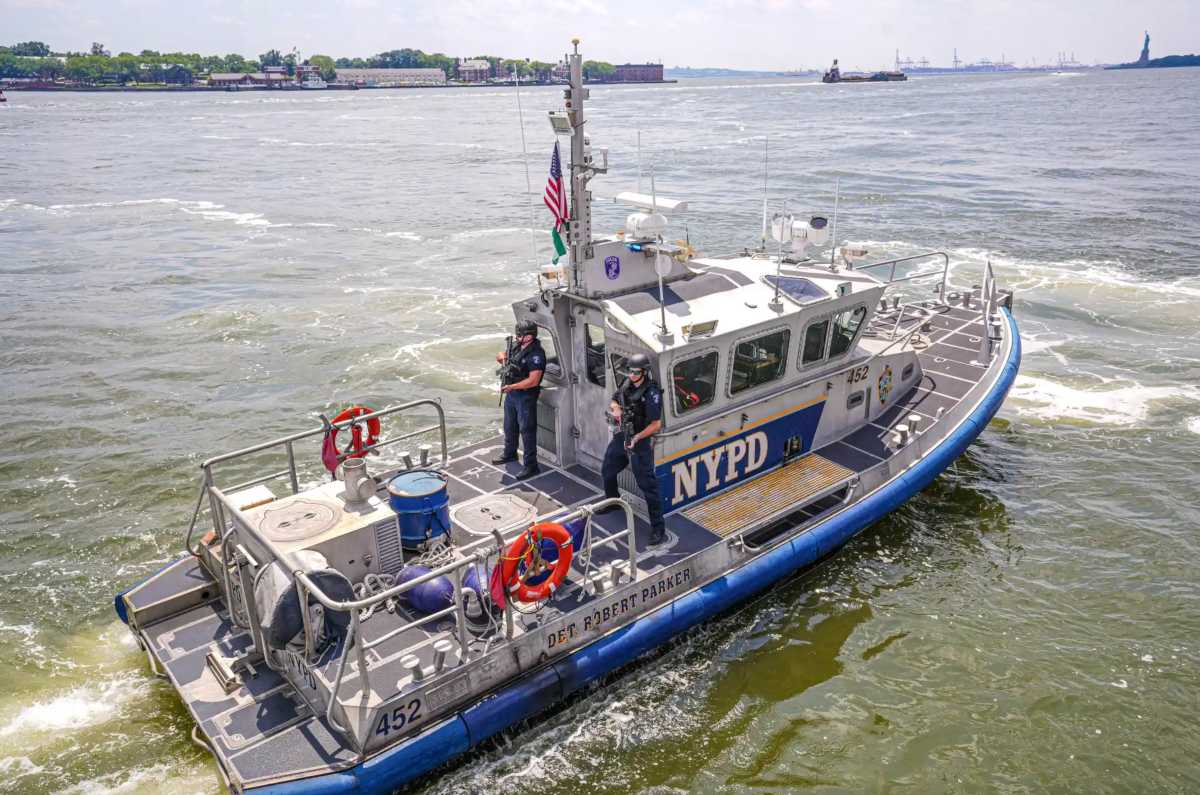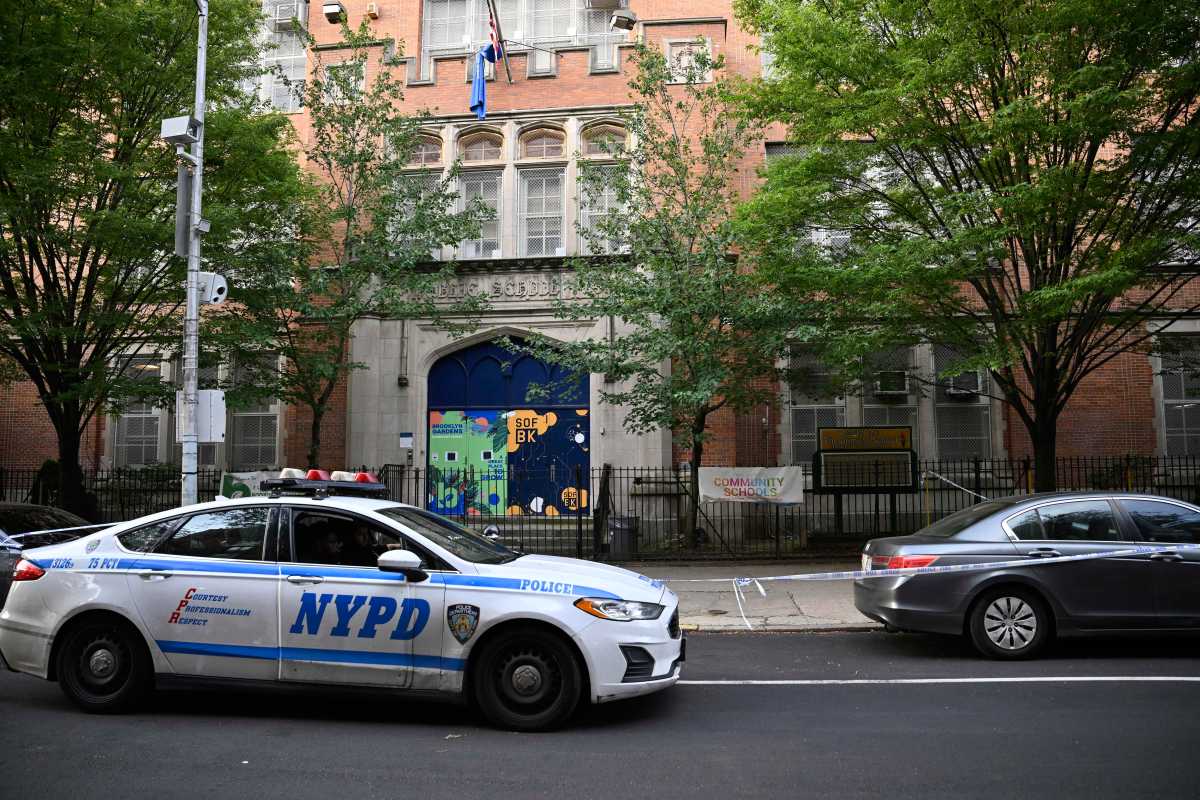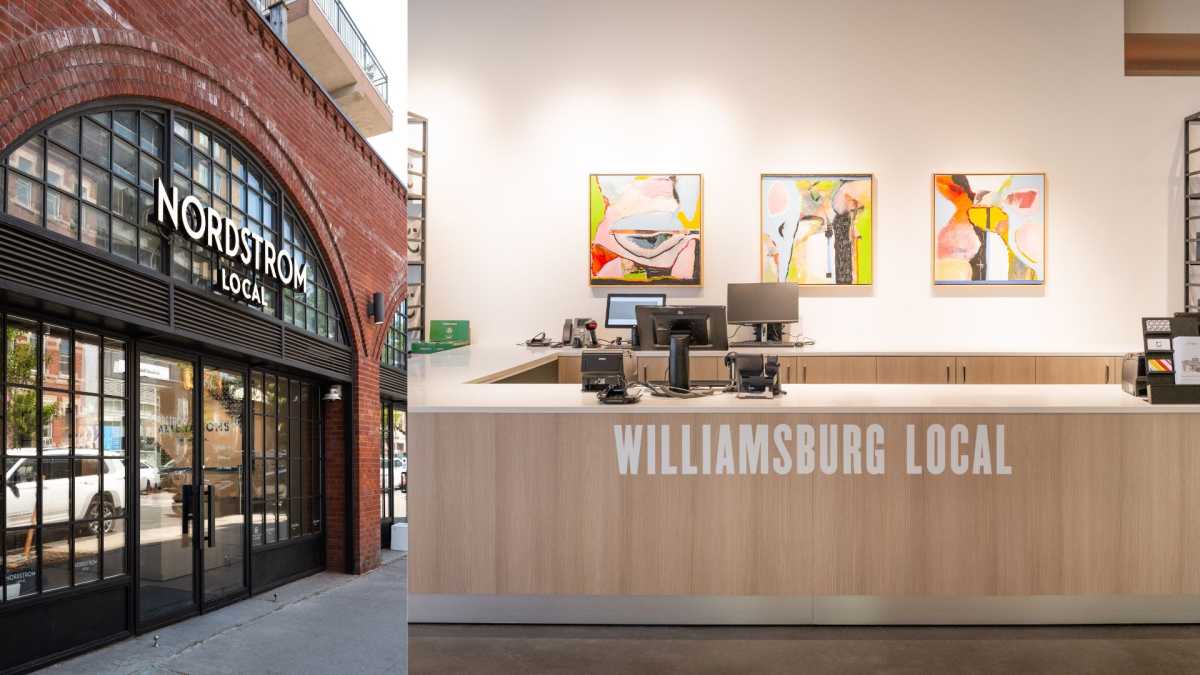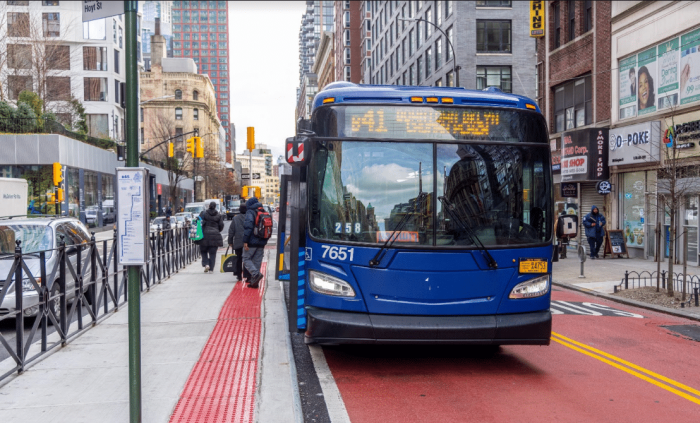The Environmental Protection Agency this week declared the Gowanus Canal a Superfund site, ending nearly a year of often toxic debate and beginning what supporters say will be a new dawn along one of the nation’s most polluted waterways.
The decision will set in motion a $500 million, 10-12 year project to clean the former industrial canal, a wretched body of water that has become the stuff of neighborhood lore, derision, and lingering hope.
“It took decades to pollute — give us a decade to clean it up,” implored Judith Enck, EPA regional administrator.
The decision foils an alternative plan for the cleanup hatched by the Bloomberg Administration, which stridently argued against the designation and said it would clean the waterway just as comprehensively as the feds — but without repelling hundreds of millions of dollars in private investment.
Mayoral spokesperson Marc La Vorgna called the EPA’s decision “disappointing,” adding that the city “had an innovative and comprehensive approach that was a faster route to a Superfund-level cleanup and would have avoided the issues associated with a Superfund listing.” Still, he added, “We are going to work closely with the EPA because we share the same goal — a clean canal.”
The city’s plan would have relied on the Water Resources Development Act (WRDA), which could have allowed the Army Corps of Engineers to perform much of the cleanup. But the scheme would have required annual budget allocations from Congress, as only $50 million for the entire country is allocated under WRDA.
“There was clearly not enough money,” said Enck. “In the end it came down to a lack of financial certainty in the city’s proposal.” Beyond that, she continued, “I think the public expects a comprehensive solution.”
In the next few months, the EPA will gather air and sediment samples in and around the canal, and complete a risk assessment report. The agency’s work on the canal has already begun, as it is presently performing depth studies. By 2011, the EPA said it will produce a feasibility study to evaluate the cleanup, and by 2012, a remedy should be announced, and by 2014, a plan will be designed.
Walter Mugdan, EPA’s regional Superfund director, told reporters Tuesday that it is likely that a substantial portion of the canal would be dredged, and continuing sources of contamination would be eliminated.
Enck said the city and the feds will work complimentarily, and Mugdan added that the agency would monitor the city’s ongoing $175 million project to improve water quality by reducing the amount of raw sewage dumped into the waterway during rain storms.
“The stars are lining up for the future of the Gowanus,” Enck declared.
Margaret Maugenest, a member of the group Friends and Residents of the Greater Gowanus, cheered the news. “This is like divine intervention,” said Maugenest, an artist who has lived near the canal for the past 25 years. “It looked like the city was getting poised in another direction, without the environmental concerns being addressed,” she said, referring the city’s plan to rezone the area, now at a standstill.“When you are dealing with something this serious, it has to be done properly,” she said.
The Superfund program typically shifts the burden of paying for a cleanup from the taxpayer to those historically responsible for polluting a site. In the case of the Gowanus, taxpayers might still be footing part of the bill, as the city — which has operated an asphalt plant, incinerator and transportation maintenance facility along the canal —and the United States Navy — fingered for dumping hazardous chemicals from the Navy Yard in the waterway — have both been named potentially responsible parties.
Enck said that she is “very confident” the city will cooperate, and added that a deal with National Grid, also a potentially responsible party, would be hammered out by the end of the month. National Grid, by corporate lineage connected to Brooklyn Union Gas, will agree to sample and test groundwater underneath the old manufactured gas plant sites for which it is now responsible.
She said the agency continues to determine if other entities might be responsible for the clean-up, and whether the canal continues to be polluted.
Officials did not provide a time line as to when the other entities who may have to pay for the cleanup — companies like Rapid American Corporation, Brinks Inc., Beazer East, Cibro Petroleum Products, and Chemtura — would cooperate. An agency spokesperson said communication with the companies is ongoing. Chemtura, a specialty chemicals company, filed for bankruptcy protection last March, and the EPA said it has filed a proof of claim.
Along with the city, developers and landowners have blasted the designation, arguing the stigma would stymie the lending environment, grinding existing projects to a halt, or preventing new projects from moving forward.
Already, the latter seems to have occurred. David Von Spreckelsen, senior vice president at Toll Brothers, told this paper that his company’s plan to develop a massive residential complex abutting the canal is now officially dead. “At this moment we see no possibility of doing a project on the canal,” he said.
“Designating the Gowanus Canal a Superfund site is a very poor state and federal government decision that will have disastrous impacts on properties in the vicinity of the canal for decades. It is a sad day for a large section of Brownstone Brooklyn,” added Von Spreckelsen.
But after the EPA’s announcement, a consortium of developers called Gowanus Green Partners quickly said they remain committed to a massive mixed use project at a contaminated site along the canal called known as Public Place; the development calls for 774 units of housing in buildings ranging in height from six to 12 stories.
Enck rejected the claim that the stigma of the designation would ruin the chances of a residential and commercial resurgence along the 1.8 mile waterway. “Everyone knows the Gowanus Canal is heavily contaminated,” she said.
And as this paper has reported, the EPA also rejects the idea that lending in the area would be unduly impacted by the canal’s inclusion in the federal program.
“Cleaning up waterways helps development and helps to build a neighborhood,” Enck insisted, pointing to the cleanup of the Hudson River as evidence of the agency’s commitment to cleaning up sites in a way that will ultimately lead to future development.
Over the last year, the canal has received unprecedented attention — but this has not always been the case, according to the EPA. “A few years ago, hardly anyone talked about the need to clean up the Gowanus Canal, and people were beginning to believe it would never be cleaned up,” Enck said.
Longtime community activist Salvatore “Buddy” Scotto disagreed, noting that for decades, he has lobbied to have the canal made cleaner, and often succeeded.
Scotto, the founder of the Carroll Gardens Association, a developer of affordable housing, supported the alternative plan, and was flummoxed by the EPA’s announcement. “How could they have possibly done this, when it could have been avoided with the city’s plan, which would have brought in the private sector for development and done the cleanup at the same time?”
Now, the 81-year-old activist is hoping for a speedy cleanup. “We will deal with this as positively as possible — as much as I’d like to scream bloody murder about it,” he said. “I’d like to see it cleaned before I’m dead and buried.”





















